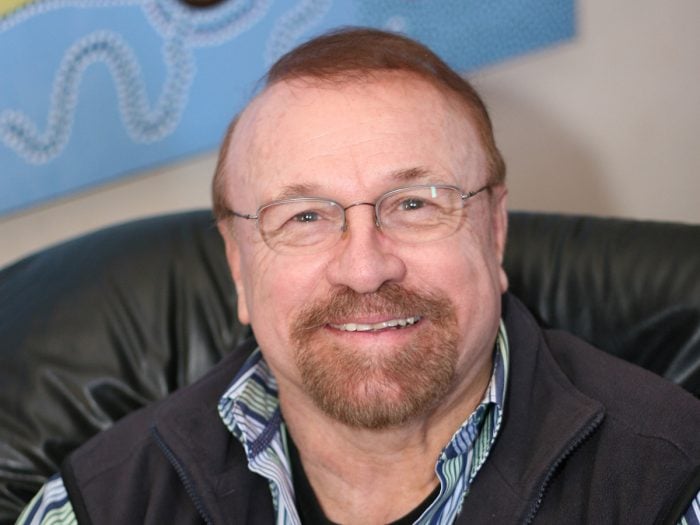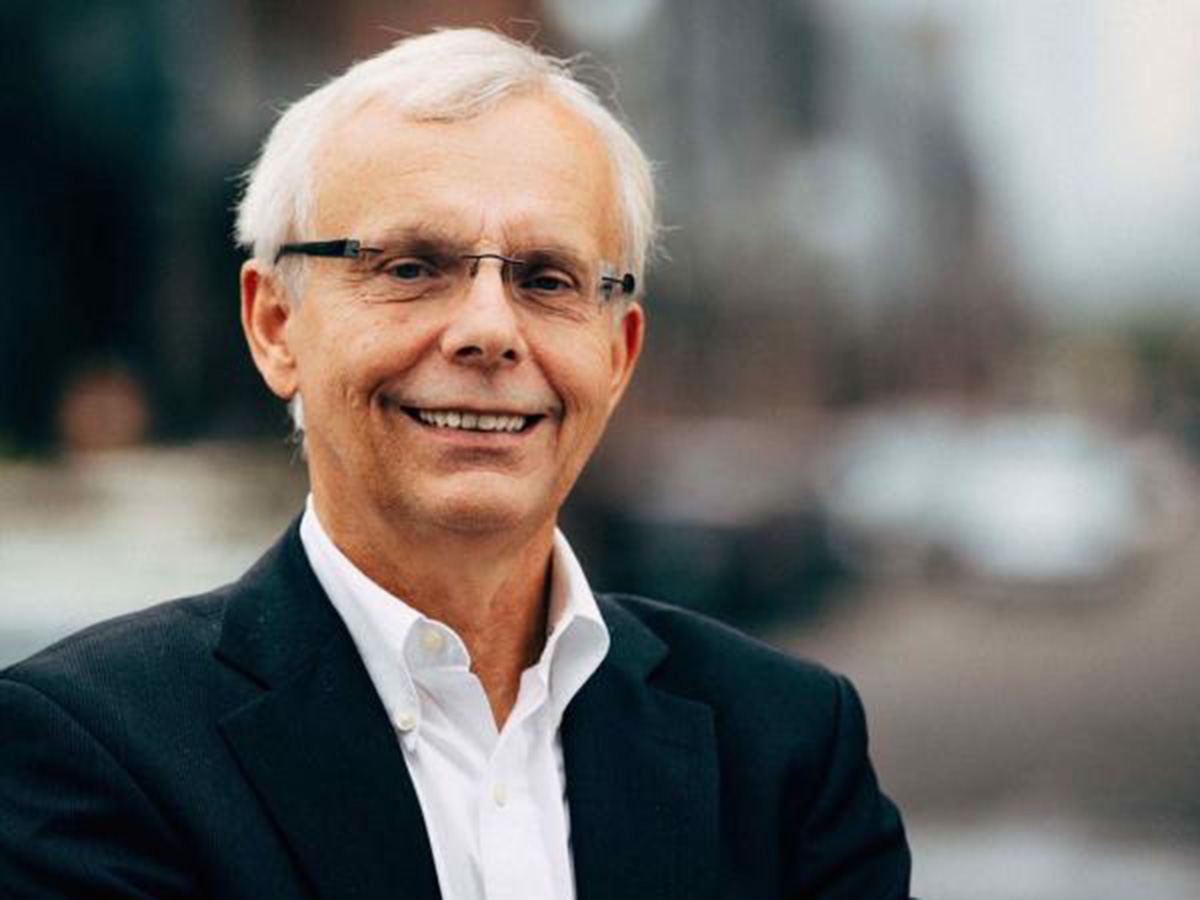Dave Charles interviewed Doug Bingley, President OAB (Ontario Canada Association of Broadcasters) and says, “I think that most Australian broadcasters would find comments made in this interview interesting and relevant to what’s going on with commercial radio today.”
What do you think is Radio‘s biggest challenge as it transitions to a digital future?
The Pareto principal, which used to be our guiding star. The principal, AKA the 80/20 Rule can be simplified as: 80% of the best results comes from 20% of activities, so concentrate on the 20% of the stuff that makes you money and…you will make money.
In normal times this is a great rule to follow, but in changing times, the rule works against us. New products and new initiatives rarely pay off immediately.
They are the anthesis of the 80:20 rule. Thus, everyone from top management through to sales and programming (even those who allocate corporate capital) naturally gravitate towards the existing business model, (which currently produces 80% of the results).
Simply put, the need to be profitable today, (demanding 80% of our resources) dilutes our focus and stifles innovation. It constantly pushes all players back onto the same old track.
What do you think are Radio’s biggest opportunity?
Rewrite the Pareto principal.
Here is my modification: Recognise that 80% of future results will come from 20% of current products.
You must balance the need for immediate results against the imperative to develop future products.
This can be accomplished by reallocating your resources – place half of your effort, capital and innovation into products that currently pay the rent and 50% of your resources on products which will ensure you have a future…every single day.
CRTC: (Canadian Radio, Television & Telecommunications Commission) The mantra at the OAB seems to be “use carrots, not sticks“ What’s that all about?
In the environment of the 1970’s, radio was extremely profitable. Success was only possible through a publicly owned asset – the radio spectrum. Granting access to that spectrum essentially gave access to a captive market. Thus, the government wanted something back in return.
On its own, radio provided huge public benefits through news, information and entertainment, but the CRTC demanded more; more Canadian music; more cash for the music industry; more oversight and more licence fees.
And if radio stations did not play ball, they could be penalised up and to losing their licence to broadcast. Since radio was so profitable and since there was no other game in town, this mandated approach worked. Radio could make money and the government could maximise public benefits
In today’s open environment none of that works. Not only is radio less profitable, but mandated content levels ignore the impact of non-regulated competition.
Take music for example: the CRTC currently mandates content levels, effectively controlling our music algorithm. That work in the past, but if the public doesn’t like the CRTC’s algorithm and prefers the unregulated algorithm of Spotify, they will move to Spotify.
This will be to the detriment of the domestic radio industry, clearly not a public benefit. Similarly, when the CRTC uses their stick to extract funds from the financially challenged broadcasting industry and redistributes them to the music industry, they diminish the amount of money available for news and local content, again, a negative impact upon the public.
But, carrots will work. Imagine this statement from the Commission. “If you place more emphasis on news and production of local content, we will compensate you for part of your expenses.” or, “If you play more Canadian music, we will cover even more of your programming expenses.”
Certainly, broadcasters would respond to that, but in doing so, they would balance the potential financial support against the impact upon tuning of too much talk or too much Cancon. In that sense, the system would become self-regulating. Any. as an added benefit, the CRTC would help ensure the financial viability of an important Canadian creative industry.
If every agency exec in the world joined you for an elevator ride, what pitch would you make for radio?
‘Radio’s demise is greatly exaggerated – More Canadians listen to radio than drink coffee.’
You know you need a big megaphone to bring consumers into the funnel. Radio can reach those consumers; but to get the best results you need to be creative. Your clients will pay for that.
And, while we are on the topic, compared to digital, radio is a bargain, so quit nickel and diming us – instead, let’s build a relationship based upon creating really cool promotions and advertising ideas. We can both win with that.
If every commissioner at the CRTC joined you for an elevator ride, what pitch would you make for them?
Radio stations are content creators, so please quit commoditising us by simply thinking of us as distributors of Canadian music. If you want to meet Canadian talent, come into our studios and meet our hosts, producers, programmers and newscasters.
But some bad news: the CRTC has a big problem – Canadian radio is endangered. If our industry dies, it will be an enormous loss to Canadians. Don’t let it die on your watch.
Oh, and by the way 70% of Canadian’s listen regularly to Private Sector radio… 70% don’t listen to the CBC (Canadian Broadcasting Company) ever. Think about that while you are considering your priorities.
What is on the OAB Agenda for 2022 and beyond?
Our primary goals are straightforward: benefit all Ontario broadcasters by working together to exchange ideas, and help position our industry towards the future. Equally important, ensure that the government understands our value and our challenges and works cooperatively with us to enhance public benefits
As a station owner of Indie 88 fm Toronto, Rock 95, and KOOL fm in Barrie what are you biggest challenges post Covid. IE will you have your teams back to work at the stations or offer them the option to work virtually?
Let me see, where to start: industry revenues are down, inflation is up. There is a changing work environment and employee expectations have changed as well. And the digital players are trying to eat our lunch.
The biggest Challenge? Addressing all of that while remembering that 50% of our efforts must be focussed on the future. Every day.
About the Author
Dave Charles, President Media RESULTS Inc. 
Mobile: +1 289 242 8313.
Email: [email protected]

